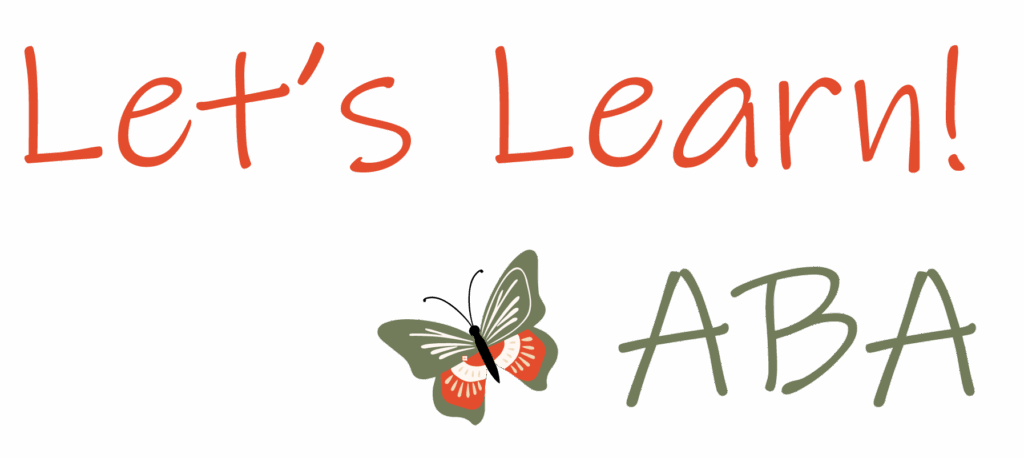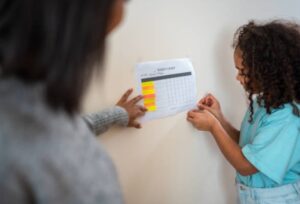If you’ve ever promised your child a trip to the park after they finish their homework, you’ve already dipped your toe into the world of reinforcement systems. In ABA therapy, we often take that concept a step further using something called a token economy. It’s a structured, flexible way to help kids learn new skills, stay motivated, and feel successful, and it can absolutely work at home, too.
What Is a Token Economy?
A token economy is a reward system where your child earns tokens (like stickers, stars, coins, or points) for specific positive behaviors. Once they collect enough tokens, they can trade them in for a preferred item or activity – something meaningful and motivating to them.
It’s kind of like earning stars for chores and then trading them in for a trip to the ice cream shop, screen time, or picking the family movie night choice. The idea is that tokens bridge the gap between doing the work and receiving the reward.
Why Do We Use Them in ABA?
We use token economies to:
- Increase helpful behaviors (like asking for help or staying seated during dinner)
- Reduce challenging behaviors (by focusing attention on the good stuff instead)
- Teach waiting and delay of gratification
- Keep motivation going even when the final reward isn’t available right away
Token economies are especially useful for kids who need clear structure or who benefit from visual reminders of their progress. And they can be customized. Some kids love physical tokens, others prefer apps or punch cards.
Before You Start: Prerequisites
Not every child is ready for a token economy right away. Here’s what we look for first:
- Your child understands cause and effect
They should be able to understand that doing X gets them Y. We often teach this through simple reinforcement first. - Your child is motivated by something
We need to know what they want in order to make the token system meaningful. This is where preference assessments come in; we figure out what really lights them up. - Your child can wait a little bit
Token systems involve earning several steps before the final reward. Even being able to wait 30 seconds at first is enough to start. - Clear communication
Whether your child uses words, pictures, gestures, or a device, they need a way to understand the expectations and rewards.
If those pieces are in place, we can usually build from there.
Setting One Up at Home
Here’s a simple way to try a token economy at home:
- Pick one behavior to focus on
Start small. For example: “Brush teeth without reminders,” or “Put toys away.” - Choose a token and a reward
You can use poker chips, stickers, tally marks on a whiteboard, anything easy to track. Then pick a reward your child actually wants. This could be extra story time, playing a favorite game, or a special snack. - Set the exchange rate
Decide how many tokens are needed to earn the reward. Keep it low at first so your child can feel success early. - Be consistent
Give a token immediately after the behavior, and pair it with praise:
“You put your dishes in the sink! Here’s a star!” - Celebrate the win
When they cash in their tokens, make it exciting. Over time, you can raise the cost or fade the system if the behavior sticks.
Real Life Example
Let’s say your child struggles to get dressed in the morning. You could say:
“Every time you get dressed before the timer goes off, you earn a sticker. When you get five stickers, we’ll have a pajama breakfast on Saturday.”
Now instead of morning battles, you’ve created a game, and a little bit of fun.
One Last Thought
Token economies aren’t bribes. They’re structured systems that help children connect their behavior to positive outcomes. When used thoughtfully, they build independence, motivation, and confidence.
And if you ever feel stuck, that’s what your BCBA is here for. We can help tailor the system to your child’s needs and abilities. You don’t have to figure this out alone.



